MAIN TAKEAWAYS
- Example takeaway
For the following interview we are joined by two distinguished experts who have studied and explored various aspects the fascinating topic of hybrid events. Freelance conference and seminar curator Monique van Dusseldorp has a vast portfolio of moderating and attending online and hybrid events. She has taken this expertise a step further by publishing a highly regarded newsletter called “Future of Events”, an exploration of online & hybrid events – what they are and what they will be. Media scientist Esther Hammelburg has dedicated her research to the concept of “liveness.” Esther’s profound exploration of liveness focuses on the experience of following events remotely through various media channels, including phones, televisions, and the internet. Through her PhD research, she has gained unique insights into the ways in which people engage with events from a distance, examining the factors that contribute to a sense of presence and connectedness.
Our discussion, where a wealth of practical knowledge, scientific reflections and firsthand insights where brought to the table, yielded the following conclusions and inspirations:
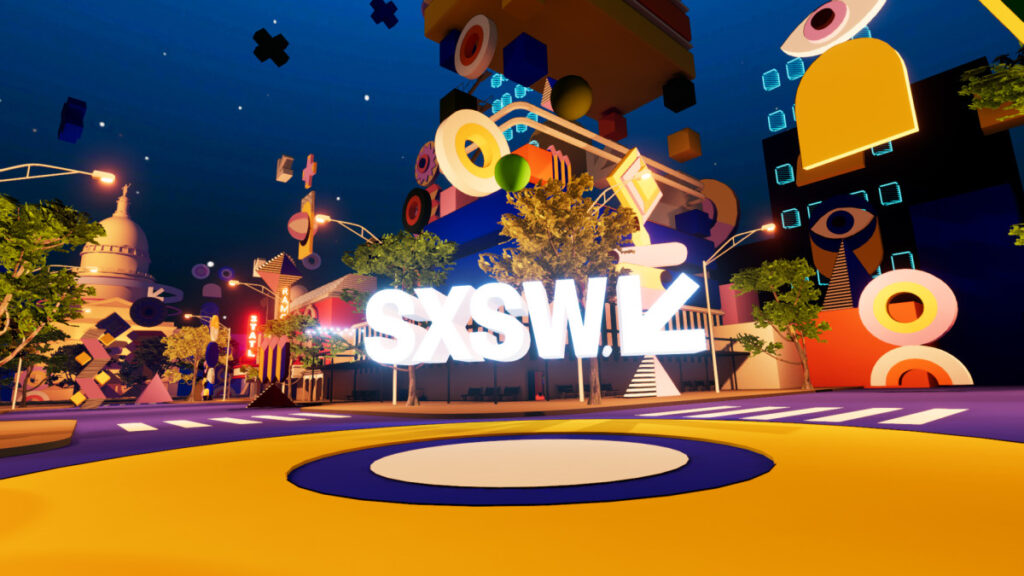
Hybrid is not necessarily live
Monique van Dusseldorp: In my opinion the online editions of SXSW were super boring. It was just videos, half of them were pre-recorded. The second online SXSW, journalist Erwin Blom had called on some people to watch collectively and blog about what they saw. At the end of the week, they did a live event with an online audience, as it was in the middle of the pandemic. That worked really well. Just watching videos by yourself is no fun. It’s fun when you do it together with a group and share your thoughts. So this was not organised by SXSW at all, but by Erwin Blom who is based in Amsterdam.
Esther Hammelburg: Very often hybridity is overlooked in terms of what event organisers do with it. I think organisers often overlook hybridity. In my research, I mainly looked at what visitors do. Not the streams that organisers post, but rather photos of visitors on Instagram. What are they saying with such a photo? Visitors make very strong use of all these different media environments. The distinction between hybrid and live is interesting, I think. Something can be hybrid but not necessarily live.
MD: So what is an example of that? If something is not live, I almost don’t consider it an event already.
EH: For example, the other day I was at a conference where all the presentations were sent out via video two weeks in advance. During the physical gathering, we engaged in discussions. Even when I teach, I want to save the live moments for the real conversation.
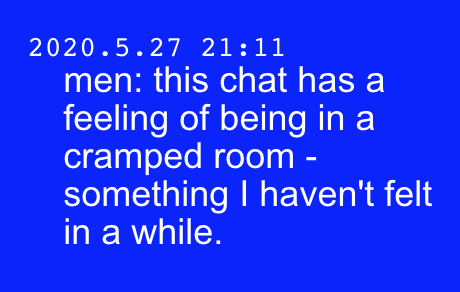
The chat must be busy
MD: When you’re attending physically, it’s very nice to be able to look around in the space. Online visitors should also be able to see or do something other than the face of the moderator or speaker. When they just watch video, they will easily start answering e-mails. A busy chat can avoid this. During one of the online sessions I moderated during the lockdown, I called on everyone to share their LinkedIN profile via the chat. This is simple and also super valuable. Everyone immediately started connecting with each other.
I feel like 80% of hybrid events these days could just be a perfect podcast. It’s basically like a talk show and there is little interaction. It’s fine to have video there, but it doesn’t have to be there at all.

Hybrid increases accessibility
EH: While many students were depressed by sitting at home during the lockdown, there were also students for whom online education actually worked perfectly. My sister was studying abroad and could now study remotely. She is always a bit shy to ask questions and finds it much easier online.
MD: Yes it does indeed vary from person to person. My daughter got totally depressed but my niece loved it. Her grades went from six-sevens to nines and tens. She could focus better.
Lilian Stolk: That’s what makes hybrid really nice, that you offer people a choice.
EH: Yes, you offer multiple experiences. Some people like meeting people, while others think: well, I’d like to hear the content, but I don’t want to get in touch with other visitors.
MD: You could see this at events in the past. There are many events I have organised where, in addition to the room with the speaker, there was also a room with a live stream. You would imagine that everyone wants to be in the room with the speaker, but that is not the case at all. There are many people who like to sit in the other room and work on their laptops in the meantime.
Angelique Spaninks: By making an event hybrid, you personalise the experience.
MD: Tweakers Summit is one of the most successful online events I have experienced. Last year, they had a multi-day online festival (Wednesday, Thursday, and Friday evening and Saturday afternoon) with 2000 online visitors, of which 1000 were continuously online. A major reason for the success is that the target group is used to come and interact online. This is what their target group wants. Last week I attended the live version of the festival and then you notice that it is not an audience that wants to chat with each other. They want to do challenges.
EH: I think online events did show that the audience with an interest in an event is much larger than people who just have time and money to go somewhere.
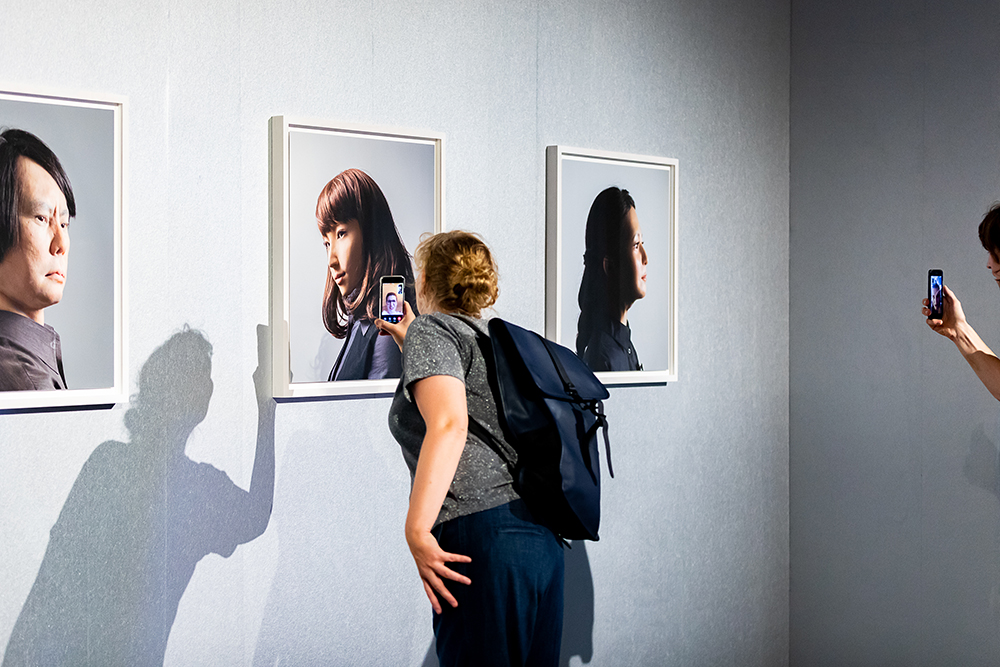
How to provide coincidental encounters?
EH: Coincidental encounters or discoveries I missed a lot during the lockdown. I think that’s also something that makes festivals really fun. It would be nice to create these ‘by chance’ meetings, online. Your event The Hmm @ Real Feelings with the buddy system obviously had something of that.
MD: The reason Tweakers stopped having online events is not because of the audience but because of the sponsors. They want to give away things in booths or play games. If you have an option online to talk to recruiters no one would click on that.
MD: Most people say they go to an event to experience things and meet people, but many people find it very difficult to meet other people. You quickly start standing with people you already know anyway. As a moderator, I sometimes say, ‘Turn around and introduce yourself to someone you don’t know’, but online it’s so awkward. I don’t just go and chat with someone I don’t know.
EH: Chatroulette obviously went in a totally wrong direction at one point, but at the base, that was an interesting concept. My research showed that media offers the possibility to create different social circles, which really adds something to the experience of an event. If you visit an exhibition and see a painting that you know your friend greatly appreciates, you can send a photo. People already do this, but it might be interesting for event organisers to encourage this more.
MD: It is also important to make the online audience visible. How old are they? Where are they watching from? You can make that visible in a fun way.
EH: That visibility links to identity. In my research, I saw that people feel the need to show what events they attend because it says something about them or what they think is important or what they are good at or what they like.
MD: We need to give more tools to show that.
EH: It’s also interesting that people often take a photo when they are at a physical event. But you’re less likely to do that online. It might be interesting to think about how do you do that online? How do you show: I’m there?
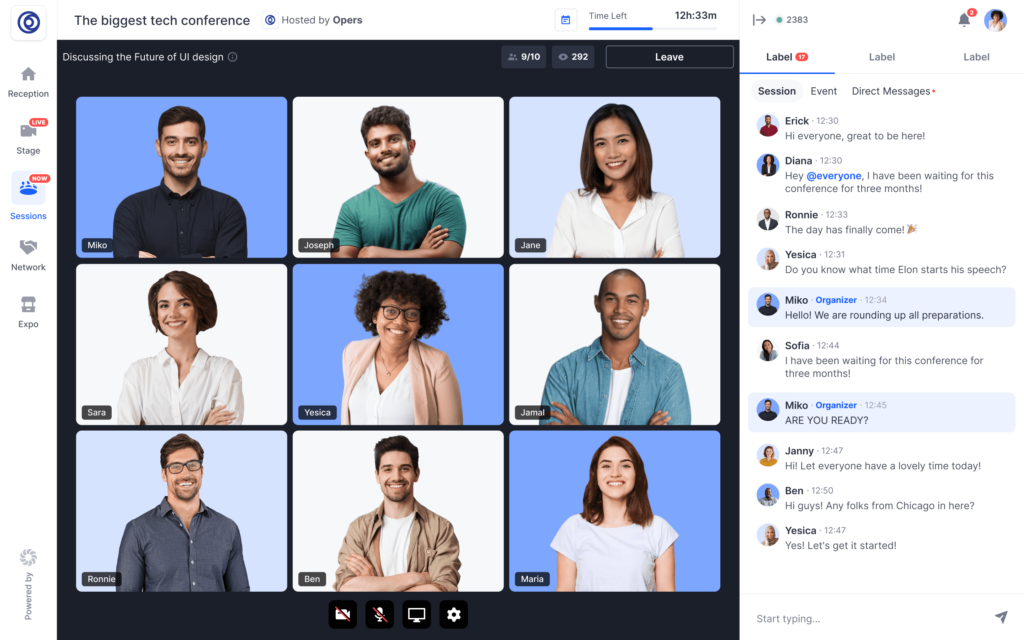
There is no such thing as the perfect platform
MD: I actually dislike all platforms anyway. Most event platforms are the same: you have to log in, there are video streams, a chat and a list of participants. There’s little upbeat energy in them. They are all a bit boring. With the Hop-In platform, in my opinion, they made a big design mistake. In this, the main stage is visible only when the session is already starting, so no one can find the session. People have some kind of physical feel to an event anyway. A room should already be ‘open’ before an event starts, so you can just check: ‘Oh there’s that room’.
EH: Yes, physically that is also the case, that you just look in and think: ‘Oh yes, that’s where I’m going to sit.’
MD: You could do a lot with that. I once had an event where you could click through a 3D photo of the building, but that didn’t work. Literally translating architecture, for example, doesn’t work. Then you have to click arrows hard to get somewhere you just want a list.
Use peoples media consumption
EH: Another thing that can be better utilised is using what people do anyway. Event organisers are often very concerned with what they send out, what people do on their platform or in their forms. Whereas, everyone is already active online. You can do something with this.
MD: At most hybrid events you can ask a question to the speaker that may or may not be seen by the moderator, and you can chat with each other. There are relatively very few other ways to show what you think about something. Or what you yourself have knowledge to share. That feedback channel from the audience to the event and to each other, that is not yet developed at all. That is still very simple right now.
Involve the physical environment of visitors
EH : So I myself am very curious about how to involve more the physical environment of remote people in the event. I don’t know a good tool for this either. But I think as an organiser it’s good to think about how people participate from different environments. How can you involve those environments? For example, that you get something right with the possible social context in the physical environment, which in turn is separate from the event.
The potential of the event report
EH: I think there is also much more to do with event reporting, in audio, video or text. I recently listened to a podcast by someone who attended a crypto event, in which he shared highlights of speakers but also asked the audience for reactions, and I thought this is what I want for every event. It was really an event report. Organisations often make an aftermovie to reflect the atmosphere, but that is not a substantive recap of the event.
MD: That’s really just journalism, with journalism crumbling a bit, because they always want something new. People aren’t always just interested in the news, but rather what it was like when you weren’t there.
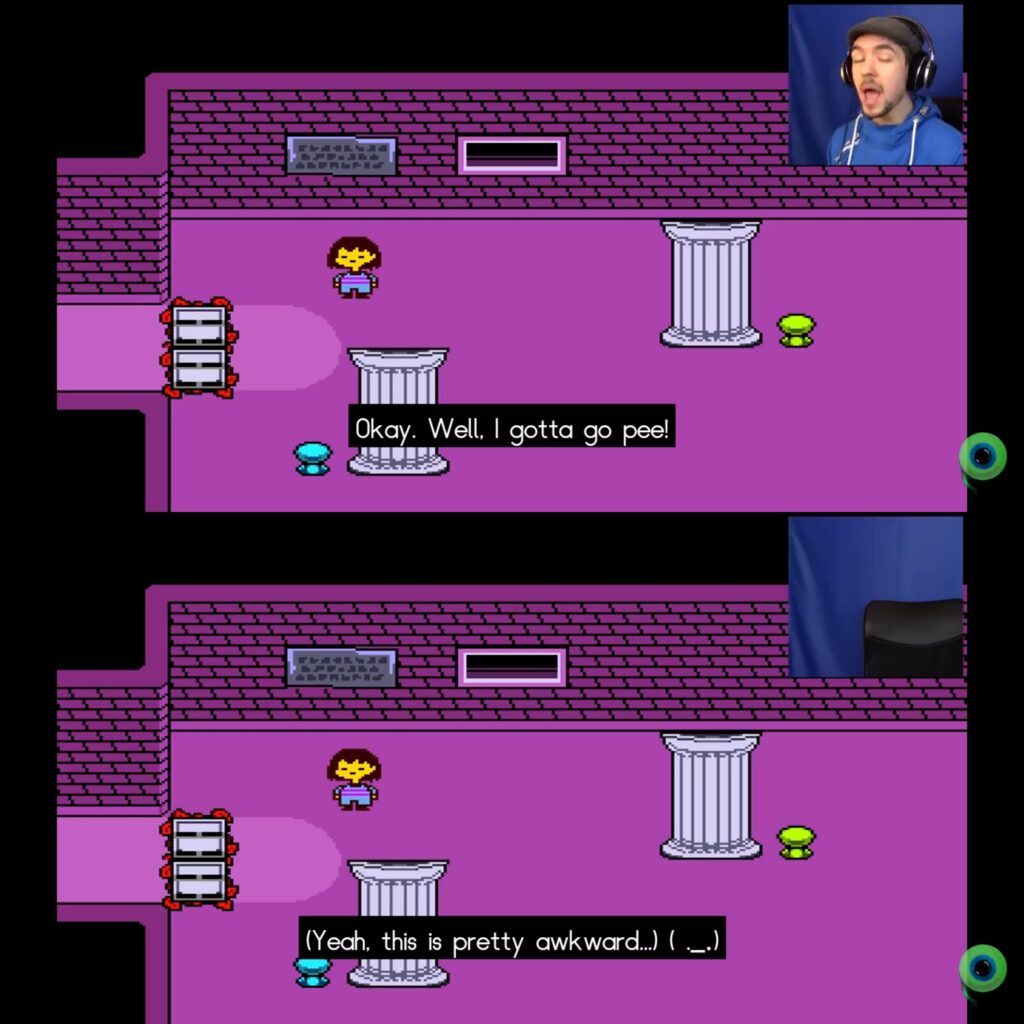
There are other rules in terms of time
MD: With online events, other times of day are suddenly interesting. So instead of one long conference, the online Tweakers Summit was three evenings and an afternoon. Pretty clever. Again, of course, what times work is totally different for each target group.
AQ: I also found that worked well with artist Laurie Anderson’s online lectures during the pandemic. Those took place late at night, which was lovely. It was a kind of artwork in itself that you became part of. That was very nicely done.
MD: As well as different moments, different rules apply in terms of lengths. With podcasts, I don’t mind at all if they are an hour and a half. Standard lengths with pee breaks for online don’t work as well.
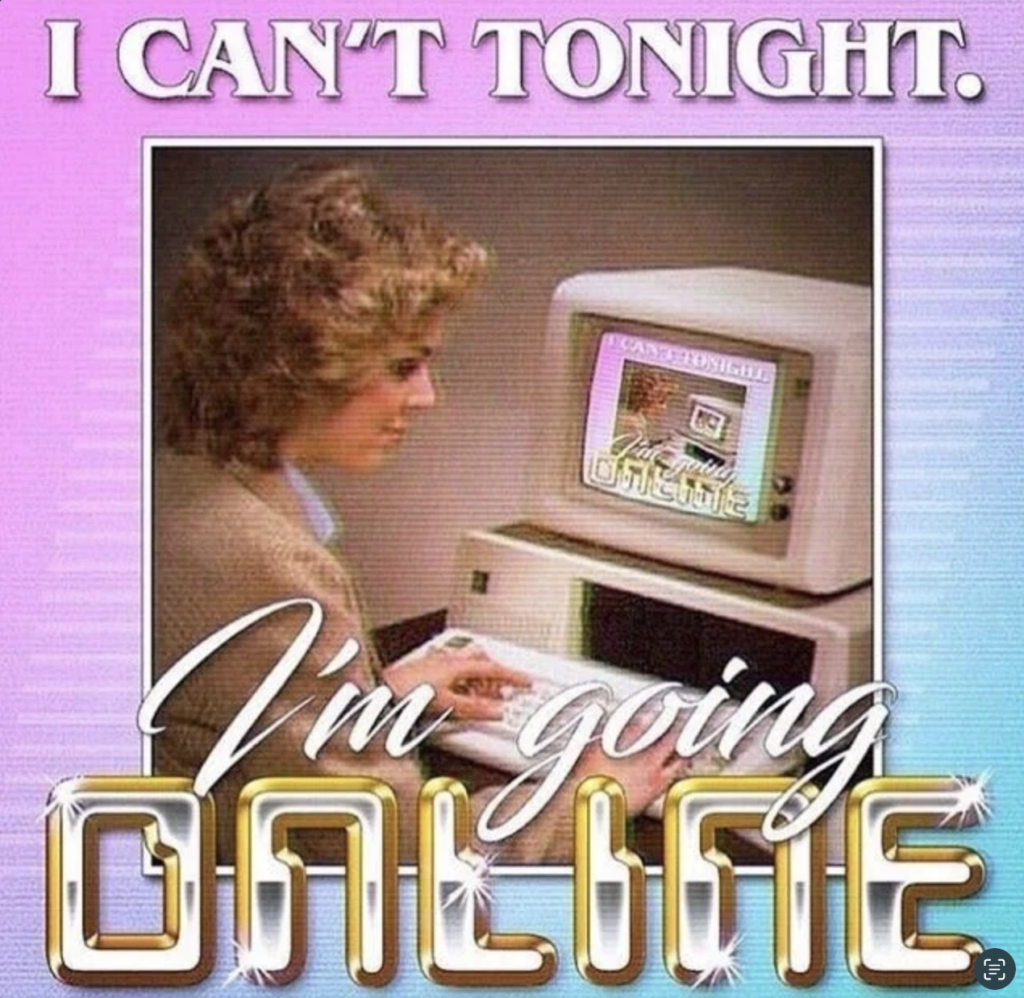
Work media specific
MD: Television manages to keep audiences with it for a very long time. Online succeeds very badly. You are too easily distracted. There’s just too much happening at the same time.
EH: Do you think this is still the case?
MD: Well I do think there is knowledge among television producers about how to keep people interested for a longer time. You’ve also seen that in the last two and a half years, the quality of online events has gone up because television makers helped with the filming and provided good sound, lighting and interesting camera work. Events during the pandemic were more television-like.
AQ: What strikes me, with everything we think is good, there is actually always a presenter or a director there, who makes sure that what happens is translated in a way that gives an extra layer. You might have that at events too. If you report well, there is someone in between who makes that report and who thinks about it.
EH: Yes, someone who knows the characteristics of the medium well. So who knows what works on a particular media and who is not going to make television for TikTok, or TikTok videos for a podcast.